Driving the German Alpine Road in Bavaria stands out as one of the most memorable trips I’ve ever taken. The Deutsche Alpenstrasse, as locals call it, twists and turns for about 280 miles right through southern Germany.
Along the way, I passed through green valleys, charming villages, and sparkling alpine lakes, all set beneath dramatic mountain peaks. If you crave breathtaking views and a string of unforgettable stops, the German Alpine Road is a dream—think natural beauty mixed with classic Bavarian culture.
Starting at Lake Königssee and heading toward Lake Constance, I found something new at every turn. Fairy-tale castles, traditional beer gardens, and postcard-worthy markets popped up again and again.
Let me share a few of my favorite stops, unexpected gems, and some tips to help you make the most of your own road trip along this legendary route. Whether you’ve got a few days or just want to drive for an afternoon, Bavaria serves up adventure at every bend.
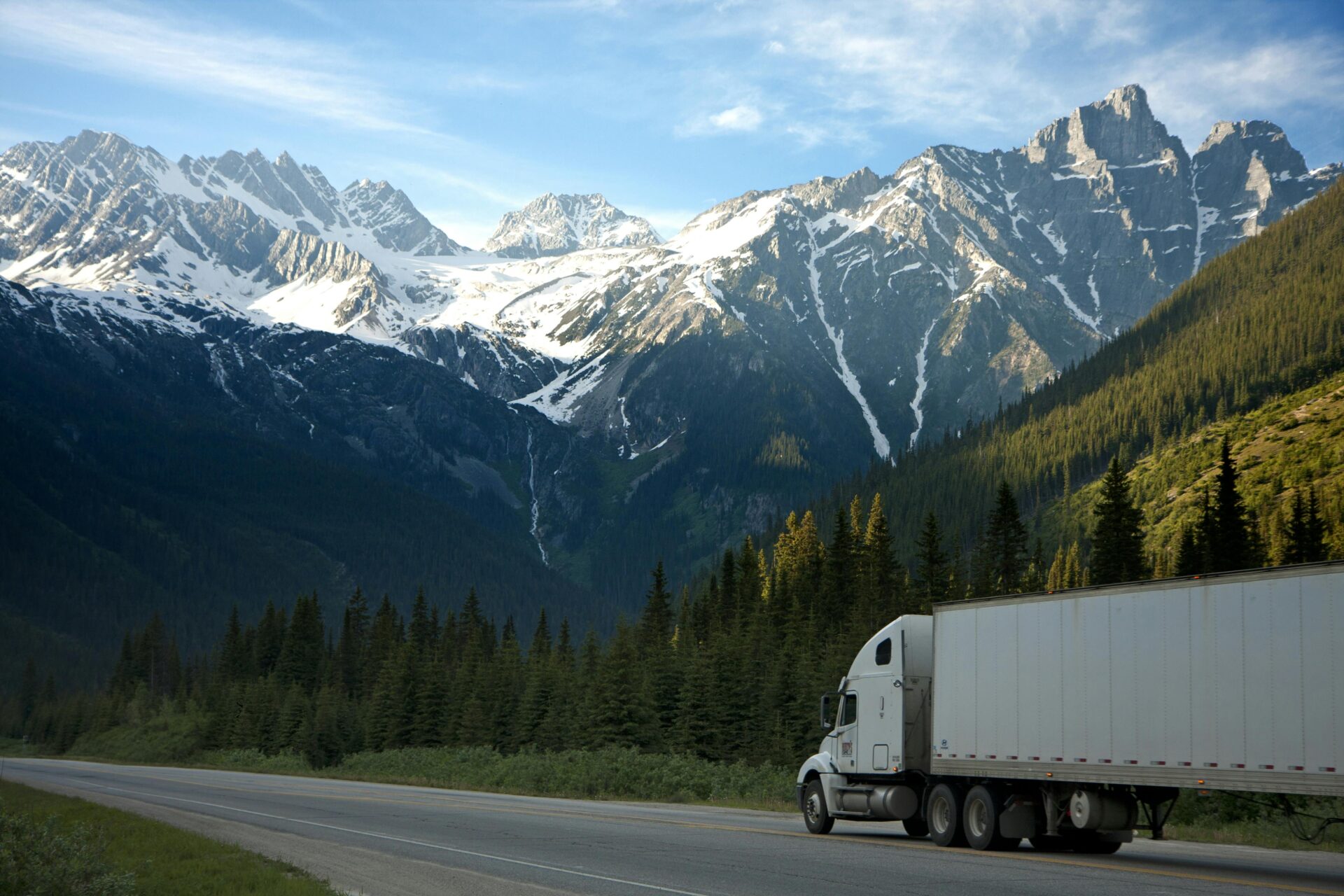
Planning Your German Alpine Road Adventure
Before I hit the road, I spent a little extra time thinking about timing, what to pack, and what kind of car would make the trip most fun. Nailing these details meant I could actually relax and enjoy those panoramic views, breezy village stops, and scenic drives.
When to Visit and Essential Tips
From what I’ve seen, late spring through early autumn is the sweet spot for the German Alpine Road. May to October gave me mild weather and clear mountain views.
If you go in July or August, expect warmer weather but also more crowds and higher prices. Personally, I’d pick June or September for fewer tourists and easier parking.
Most villages have hotels, inns, or B&Bs, but I’d book ahead during festivals or public holidays. I downloaded a few travel apps for navigation and booking, which honestly made life easier.
The autobahn connects smoothly to the Alpine route, but the scenic road itself moves at a chill pace. I gave myself extra time for random stops—sometimes the best moments happen when you pull over for a picnic or snap a photo.
Not every place takes cards, especially in tiny villages, so I kept some euros handy. I also brought a reusable water bottle and snacks since some stretches between towns felt pretty long.
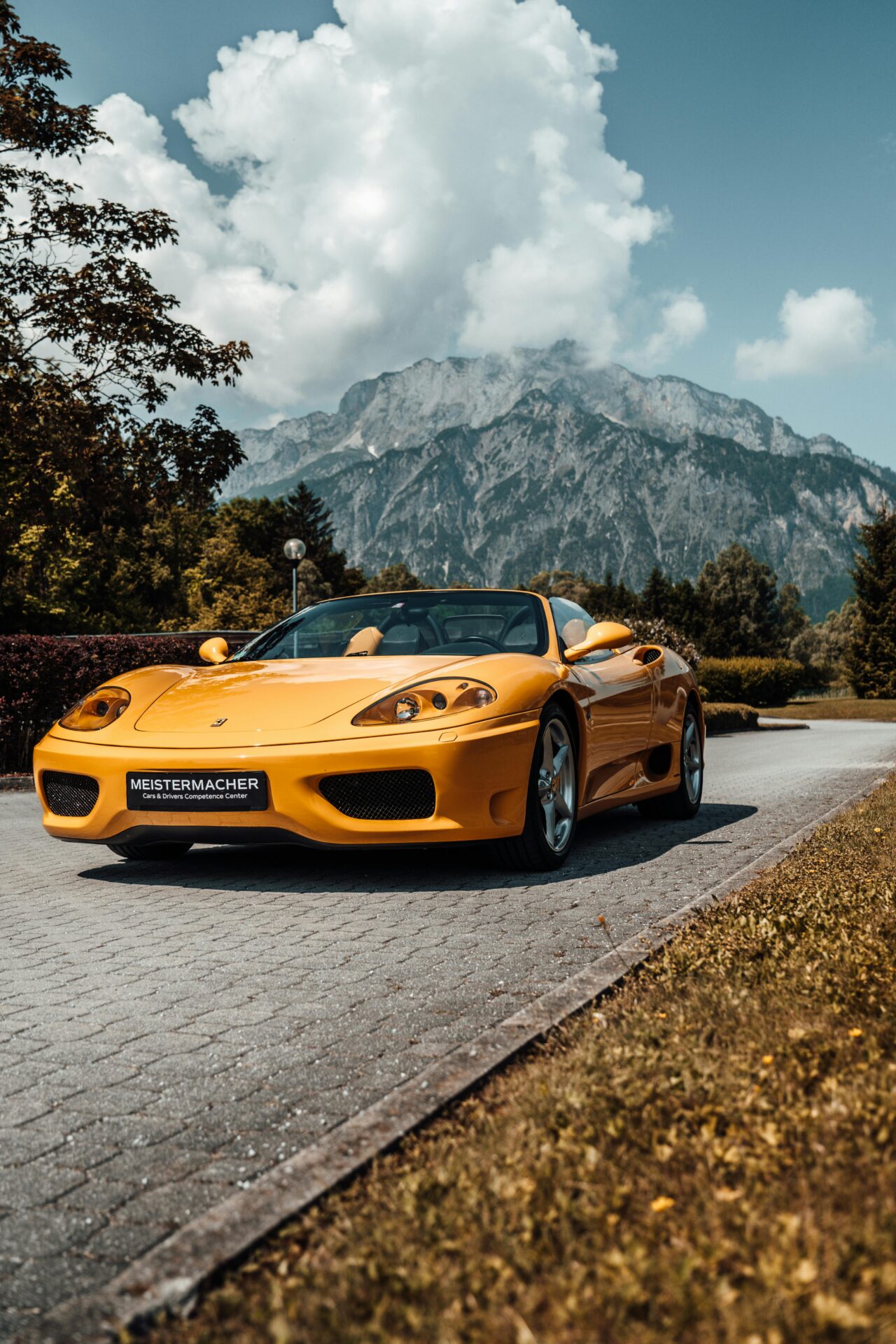
Modes of Transport: Car, Motorhome, and Motorbike
The first time, I rented a compact car. It made parking and winding through mountain roads a breeze.
I loved being able to stop wherever I wanted for photos or a quick hike. Villages and trailheads usually had well-marked parking, though sometimes I paid a small fee.
Driving a motorhome turns the trip into a rolling adventure. I met folks who camped by lakes or up in the mountains and woke to epic views. Most campsites along the route have good amenities, but in peak season, I’d definitely book ahead.
For anyone who loves the open air, a motorbike takes things up a notch. The curves and panoramic stretches are just plain fun, and the roads are well kept with plenty of places to stop. Just remember to check local helmet rules and plan fuel stops—some remote sections don’t have many stations.
Packing Suggestions and Staying Comfortable
Here’s what I packed to stay comfortable and ready for anything along the route:
| Essentials | Why It Matters |
|---|---|
| Light layers | Weather can shift quickly in the Alps |
| Rain jacket | Mountain showers blow in unexpectedly |
| Good walking shoes | Lots of cobblestones & trails |
| Reusable water bottle | Fewer shops in remote areas |
| Euro cash/credit card | Small places may not take cards |
| Sunglasses/hat | Intense sun at high altitude |
I kept my camera within reach for quick snaps. Travel adapters and a power bank were lifesavers for charging gear at hotels or campsites.
Snacks like nuts, fruit, and chocolate bars kept me fueled between meals. Offline maps or navigation apps helped when the signal dropped out.
I also packed a small daypack for short hikes, especially when checking out places like the Weissbach Gorge or poking around village markets.
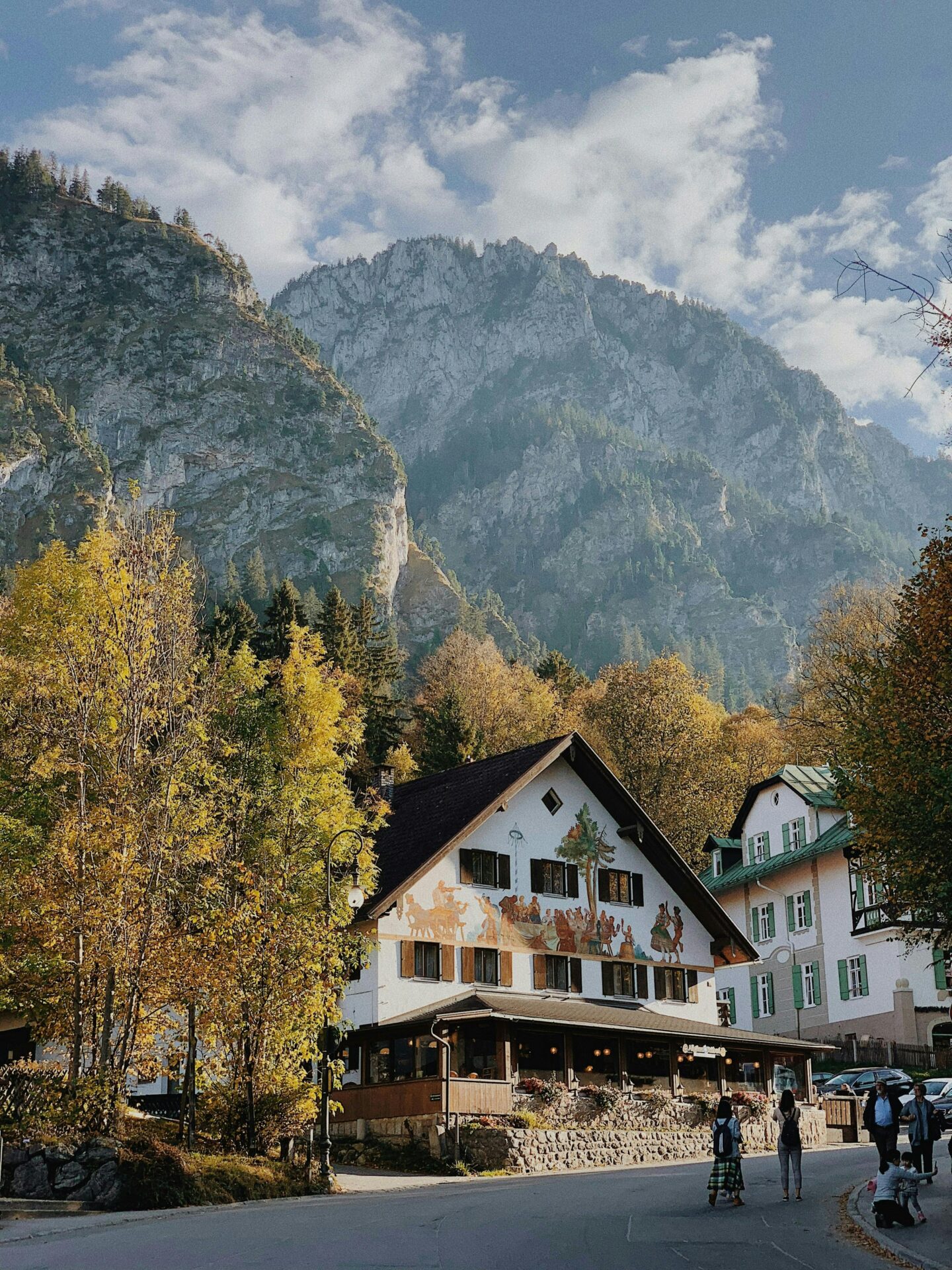
Must-See Breathtaking Views Along the Route
Driving the German Alpine Road, I couldn’t get over the sheer variety of landscapes. Winding mountain passes, quiet lakesides, and new highlights popped up every few miles.
If you’re into unforgettable scenery, this route delivers.
Panoramic Vistas and Lookout Points
Some of my favorite views came as I crested the high passes. The Oberjoch Pass gave me expansive views over rolling hills and the jagged Allgäu Alps.
I especially loved sunrise, when the valleys glowed pink and gold.
I had to stop at the Rossfeld-Panoramastraße—a scenic toll road that climbs high above the Inn Valley. The views stretched across Germany and Austria.
If you pack a picnic, the lookout points here are ideal for lingering and snapping photos.
The Sudelfeld Pass was another highlight. Gentle curves open up to dramatic sights of the Karwendel Mountains.
If you’re into panoramic shots, you’ll find several safe pull-offs. I brought binoculars to spot distant peaks and tiny villages tucked away below.
Top Lookout Tip:
| Lookout | Key View | Recommended Time |
|---|---|---|
| Oberjoch Pass | Allgäu Alps, valleys | Sunrise/early AM |
| Rossfeld-Panorama | Inn Valley, Austria | Afternoon |
| Sudelfeld Pass | Karwendel Range | Late morning |
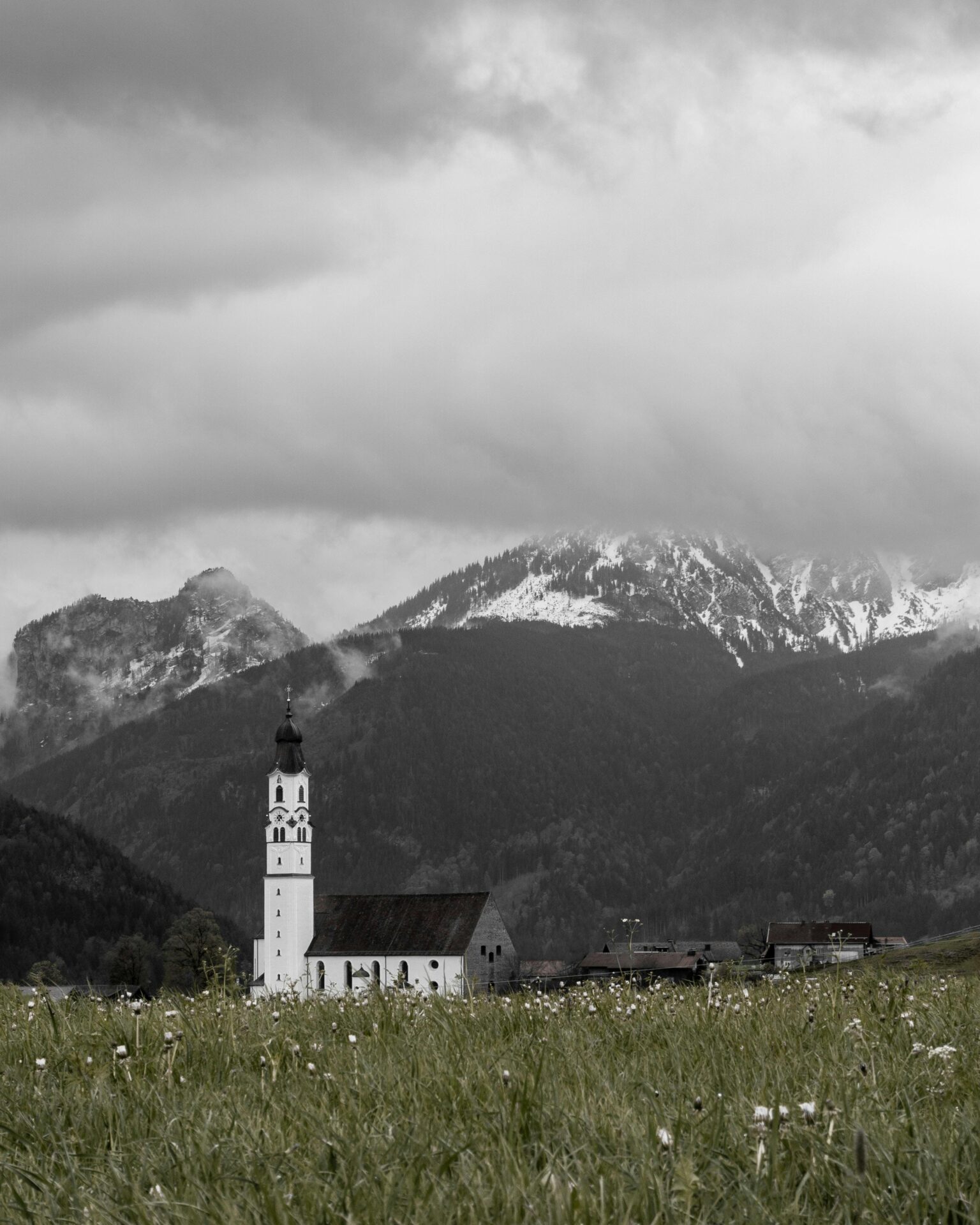
Sparkling Lakes and Alpine Meadows
The road weaves past over 20 sparkling lakes, each tucked among meadows and forests. Lake Kochelsee stands out for me.
Sun-drenched meadows pop up between steep mountain walls. In summer, wildflowers cover the fields, especially near the Tatzlwurmstraße, a road famous for gentle curves and soft grassy views.
Lake Tegernsee became my favorite spot to rest. I’d kick off my shoes, dip my feet in, and watch sailboats drift by. If you visit in late spring or early summer, the meadows burst with green and wildflowers.
Early mornings here feel peaceful, with mist hovering above the water. I usually wander the short trails by the shore—best for reflection photos and a bit of quiet.
Little paths often lead to hidden picnic spots—worth exploring if you’ve got a bit of time.

Craggy Peaks and Verdant Forests
The Bavarian Alps don’t mess around. Sheer rock faces rise straight from the valley, and the forests feel endless.
I drove routes that snaked through dense, green woods. Sometimes the trees opened up to reveal towering, craggy peaks.
Near the Karwendel Mountains, sharp summits and cliffs caught my eye, especially in the evening when the sun hit the rocks just right.
Forest trails weave in and out of the trees. I’d get a few calm moments under tall evergreens, then suddenly hit a clearing with big mountain views.
Close to the Allgäu Alps, green hills and rocky outcrops create that classic Alpine vibe. I liked stopping at small rest areas to stretch and listen to birdsong echo in the woods.
Breathing in pine air and soaking up the quiet—those moments still stick with me.

Picturesque Villages and Charming Towns
The German Alpine Road took me through storybook villages, lakeside retreats, and hidden gems I never expected. Each stop felt unique, with its own traditions and scenery.
I honestly found it way too easy to fall for Bavaria’s small towns.
Cultural Gems: Oberammergau, Bad Tölz, and Mittenwald
Oberammergau felt like walking into a painting. Colorful murals (Lüftlmalerei) covered the houses.
I watched woodcarvers at work and browsed shops stuffed with folk art. The village is famous for its Passion Play, which happens every ten years.
Bad Tölz charmed me with its pastel marketplace and slow river walks. I admired onion-domed churches and grabbed a slice of Zwetschgendatschi, a plum cake that’s now one of my favorites.
Mittenwald surprised me with mountain views and a soundtrack of violins—this town is proud of its violin-making history.
Shop windows showed off decorated violins and traditional Bavarian outfits.
Quick Tips:
- Oberammergau: Painted homes and crafts everywhere.
- Bad Tölz: Don’t skip the pastries.
- Mittenwald: Violin workshops are a must-see.

Lakefront Retreats: Lindau, Schliersee, and Tegernsee
Lindau sits on its own little island in Lake Constance. The harborfront, with its old lighthouse and lion statue, buzzed with activity but still felt peaceful at sunset.
I wandered the medieval old town and watched boats come and go.
Schliersee and Tegernsee both offer calm lake views and that fresh Alpine air. At Schliersee, I rented a rowboat and drifted past chalets decorated with flowers.
Besides the occasional cowbell, it was all quiet. Tegernsee was livelier, with bustling cafés and a famous Benedictine abbey overlooking the water.
| Village | Lakefront Activities | Local Highlight |
|---|---|---|
| Lindau | Harbor walks, boat cruises | Historic island old town |
| Schliersee | Rowboats, lakeside hiking | Mountain backdrop |
| Tegernsee | Lakeside cafés, abbey visit | Local breweries nearby |
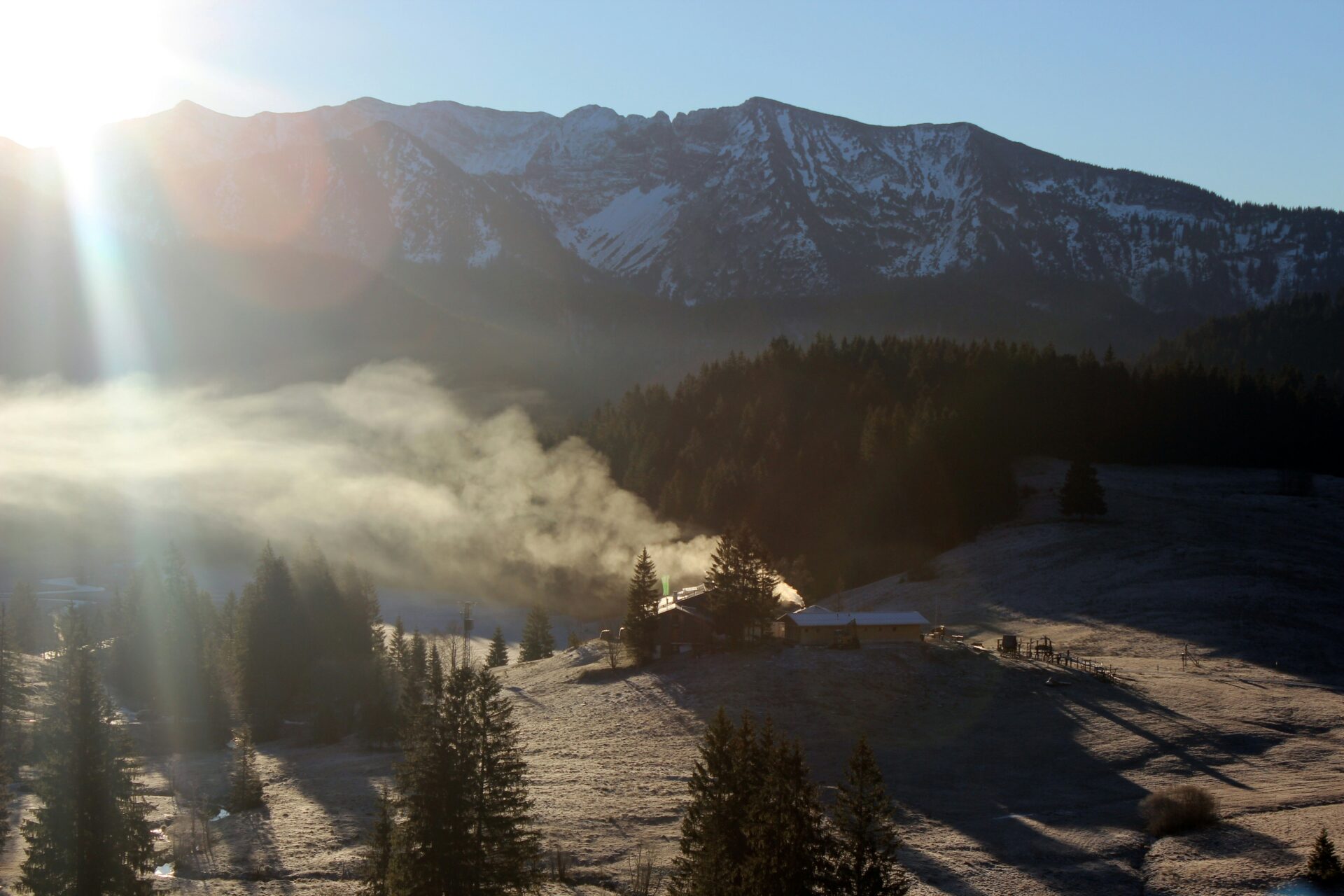
Hidden Gems in Western Allgäu and Pfaffenwinkel
Western Allgäu surprised me with rolling green hills and quiet towns where I barely saw another tourist. Wertach and Lindenberg offered peaceful walks and a chance to sample local cheeses.
Immenstadt had a lively market square, and I woke up to church bells echoing in the morning.
I stumbled into Pfaffenwinkel almost by accident. Tiny villages huddle together here, each one with onion-domed churches and colorful window boxes.
Nußdorf am Inn was especially lovely. I wandered winding streets lined with centuries-old houses and watched farmers tending cows in open meadows.
These places are made for slow travel—perfect for unhurried mornings and sipping coffee outside a bakery.
If you get the chance, try regional cheeses in Allgäu or check out hidden art in Pfaffenwinkel’s churches.

Unforgettable Stops: Castles, Churches, and Natural Wonders
The German Alpine Road led me to a landscape packed with castles, serene lakes, grand churches, and some of Germany’s tallest peaks. Every few miles, I’d stumble on another postcard-perfect spot.
I kept reaching for my camera, again and again.
Majestic Castles: Neuschwanstein, Hohenschwangau & Linderhof
Standing in front of Neuschwanstein Castle, I honestly felt like I’d wandered straight into a fairy tale. King Ludwig II built this place, and its towers and white walls shoot up above the rolling hills and green forests—no wonder Disney found inspiration here.
Just below Neuschwanstein, you’ll find Hohenschwangau Castle, where Ludwig grew up. This yellow castle usually draws fewer crowds, so I actually got to linger inside and stroll through the peaceful gardens. Both castles sit close together near Füssen, so you can easily visit them in one go.
A bit farther east, I wandered into Linderhof Palace. It’s smaller, but it’s absolutely dripping with opulence. The gold-trimmed rooms, mirrored halls, and lush gardens really show off Ludwig’s love for French style. Statues, fountains, and the dreamy Venus Grotto made this palace my favorite spot for an afternoon walk.
If you’ve got extra time, try looping out to Herrenchiemsee Palace on Lake Chiemsee. This island palace was Ludwig’s take on Versailles, and it’s as grand as you’d expect.
| Castle | Location | Highlight |
|---|---|---|
| Neuschwanstein | Near Füssen | Iconic exterior, inspired Disney |
| Hohenschwangau | Near Füssen | Romantic interiors, fewer crowds |
| Linderhof Palace | Ettal region | Lavish gardens and grotto |
| Herrenchiemsee | Chiemsee island | Baroque splendor, Versailles model |
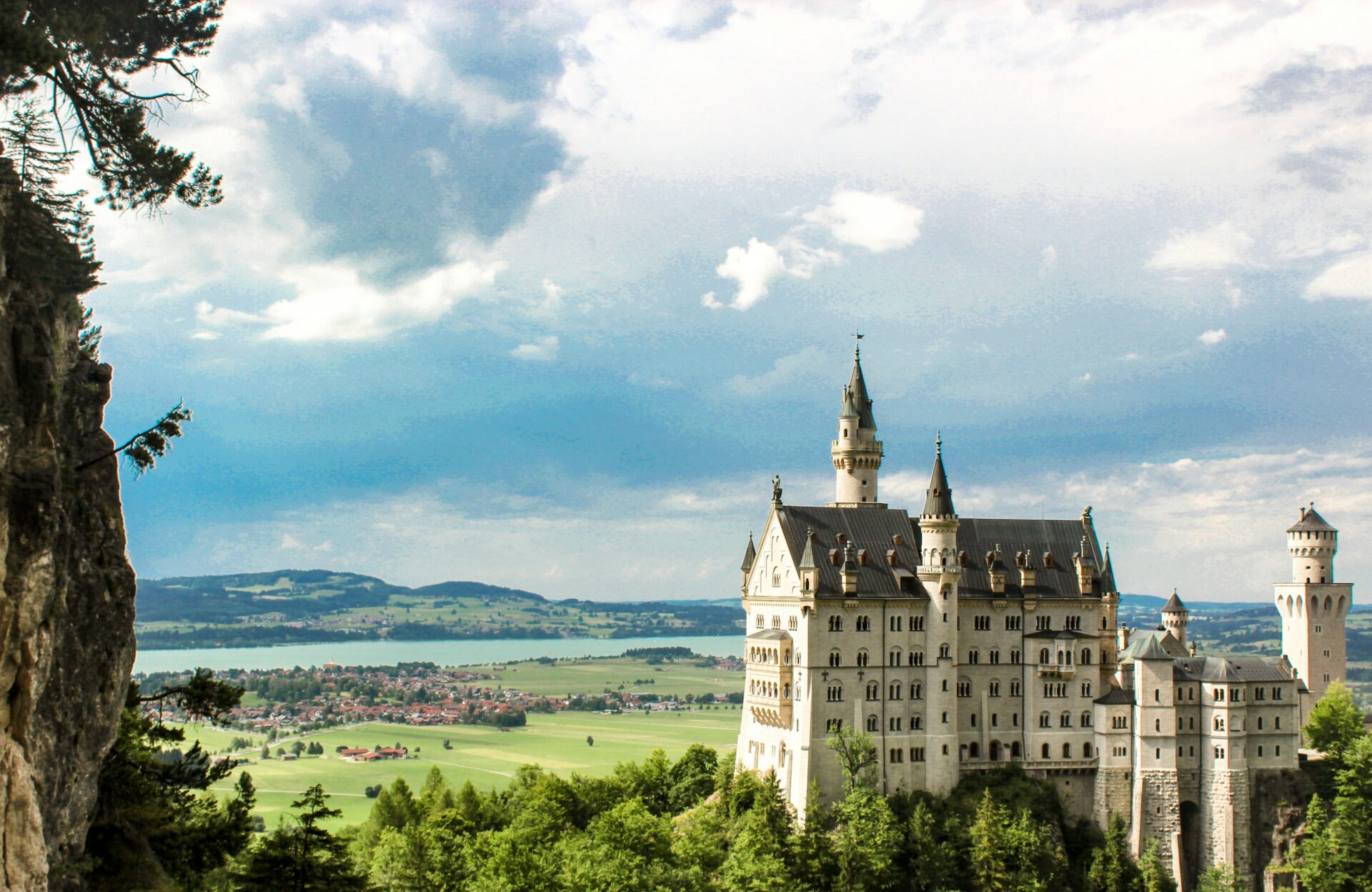
Baroque Churches and Abbeys
The Alpine Road isn’t just about castles for me—it’s a spiritual journey, too. The Church of Wies, or Wieskirche, sits hidden among meadows near Steingaden.
Its plain exterior hides a ceiling bursting with colorful Baroque frescoes and gold accents. I found myself just standing there, staring up in awe.
The Benedictine Ettal Monastery quickly won me over as one of my favorite stops. Founded in 1330, the huge Baroque church and domed roof look stunning from the road. The monks still brew beer and craft liqueur, so I dropped by the shop for a taste.
The leafy courtyard gave me a quiet spot to rest and just take it all in.
Tiny churches pop up in almost every village along the route. Their onion domes and intricate interiors tempted me to pull over and explore, even if it meant a detour. If you spot a spire peeking above the rooftops, I say go for it.
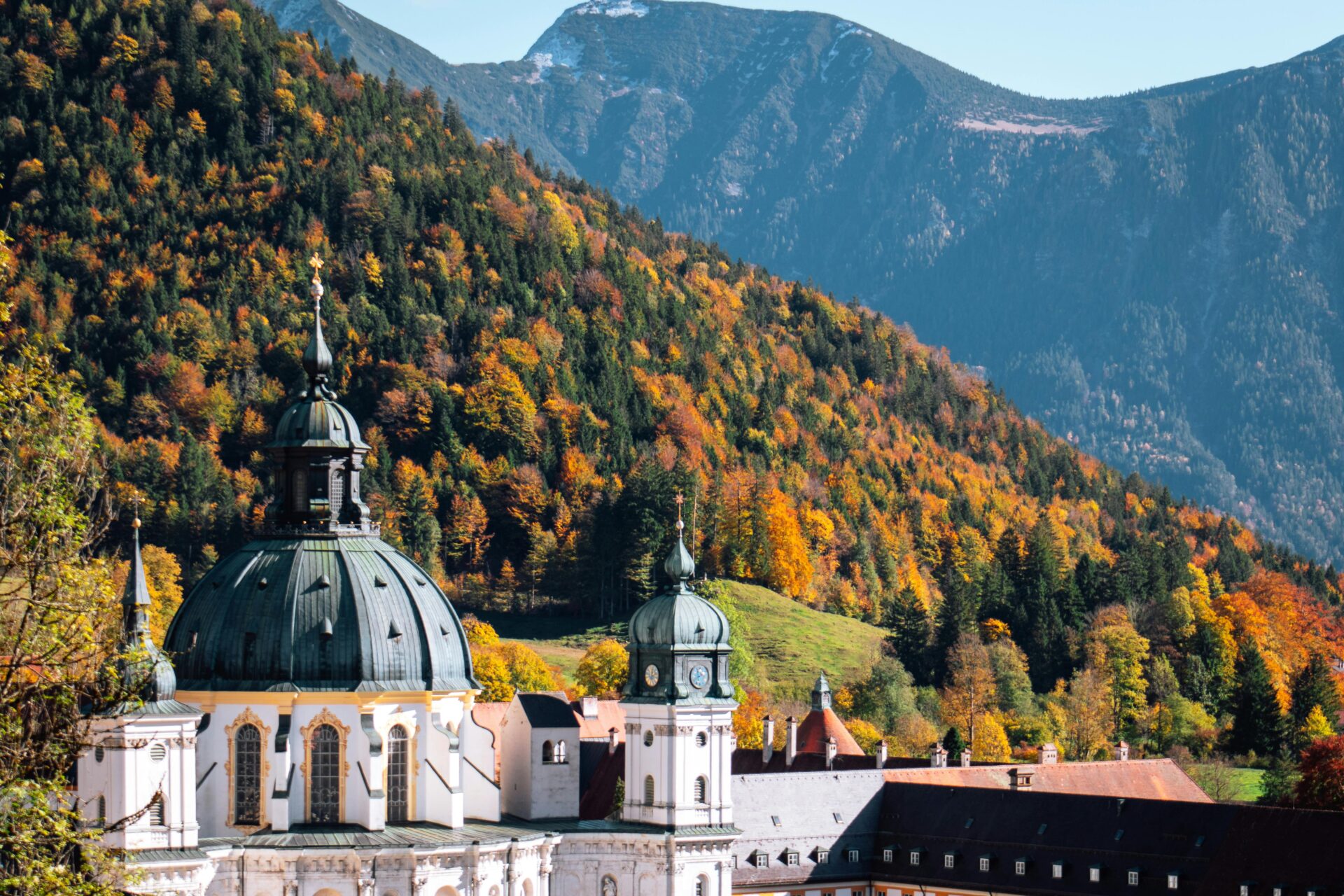
Lakeside Escapes: Königsee, Chiemsee & Walchensee
Whenever I needed a break from driving, Bavaria’s lakes offered the perfect escape. Lake Königssee absolutely stunned me with its emerald water and sheer cliffs. I hopped on a boat to St. Bartholomä Church and just listened to the echoes of an alpenhorn bouncing off the rocks.
Chiemsee, sometimes called the “Bavarian Sea,” is the region’s largest lake. I took a ferry to Herrenchiemsee Island to wander through the palace and its tidy gardens. Around the lake, I found plenty of spots to swim, bike, or just picnic by the shore.
At Walchensee, deep-blue water and mountain views made for a dreamy afternoon. It’s quieter than Königssee but just as lovely—I grabbed a seat at a lakeside café and watched windsurfers skim by.
You can reach other lakes like Plansee and Lake Constance on quick side trips, but those three stood out to me for their beauty and easy access.
Bavarian Lakes at a Glance:
- Königssee: Best for boat rides and dramatic scenery
- Chiemsee: Great for palaces and family fun
- Walchensee: Quiet escapes and water sports
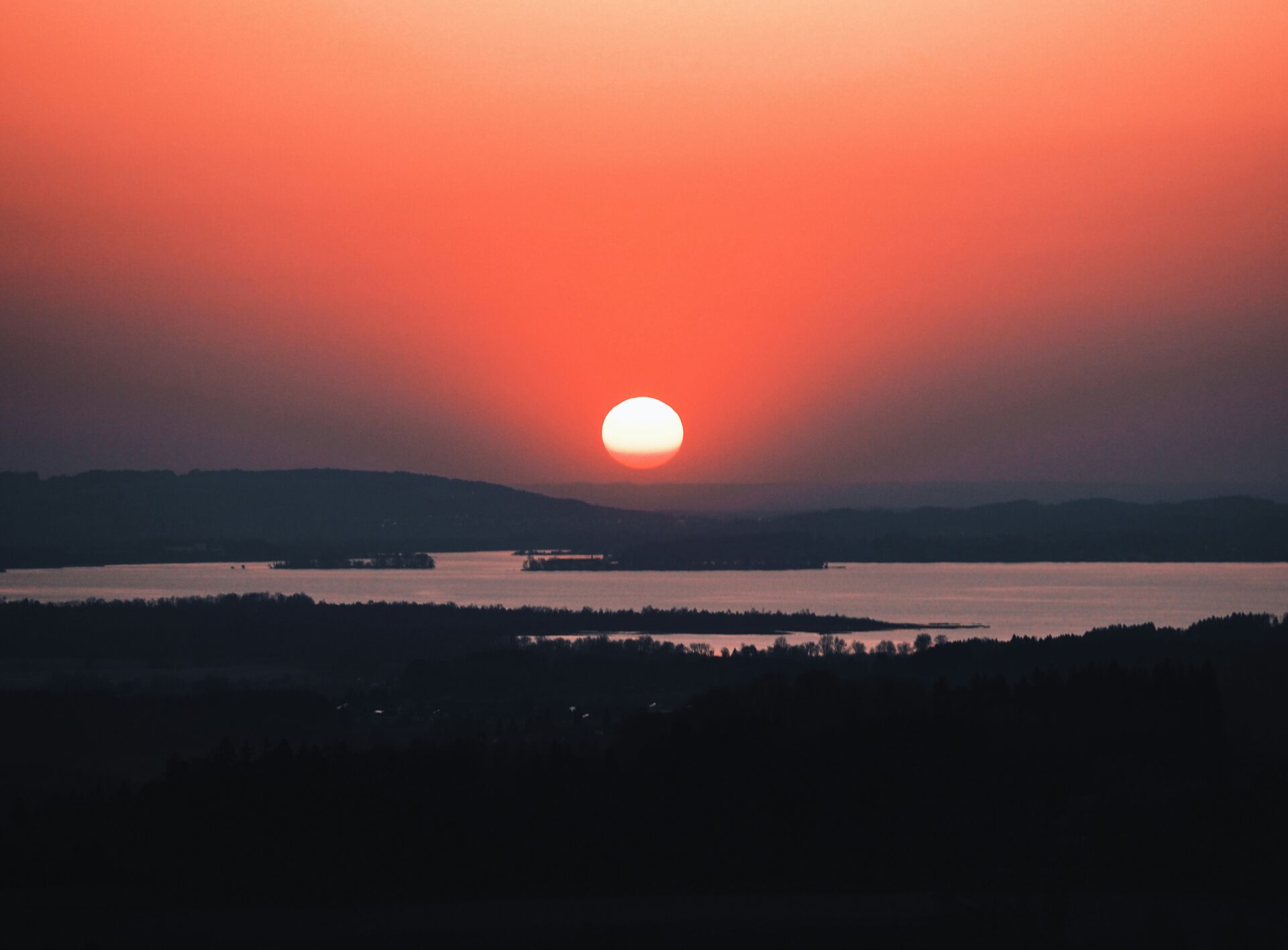
Mountaintop Highlights: Zugspitze and Eagle’s Nest
If you want to see the Alps from above, Zugspitze is the spot. It’s Germany’s highest peak. I took the cable car from Eibsee, and the views just kept getting better as we climbed higher.
From the top, I could spot Austria, Switzerland, and even the Italian Alps on a clear day.
The Eagle’s Nest near Berchtesgaden draws visitors for its history and jaw-dropping views. The drive up is full of tight switchbacks, but a special bus and elevator zip you up to the summit. Standing at the top, I gazed out over rugged mountains and Lake Königssee.
Mountain passes like the Rossfeldpanoramastraße really add to the adventure. These roads twist through valleys and along cliffs, making me feel like I was driving through the clouds. I stopped for photos at almost every turn.
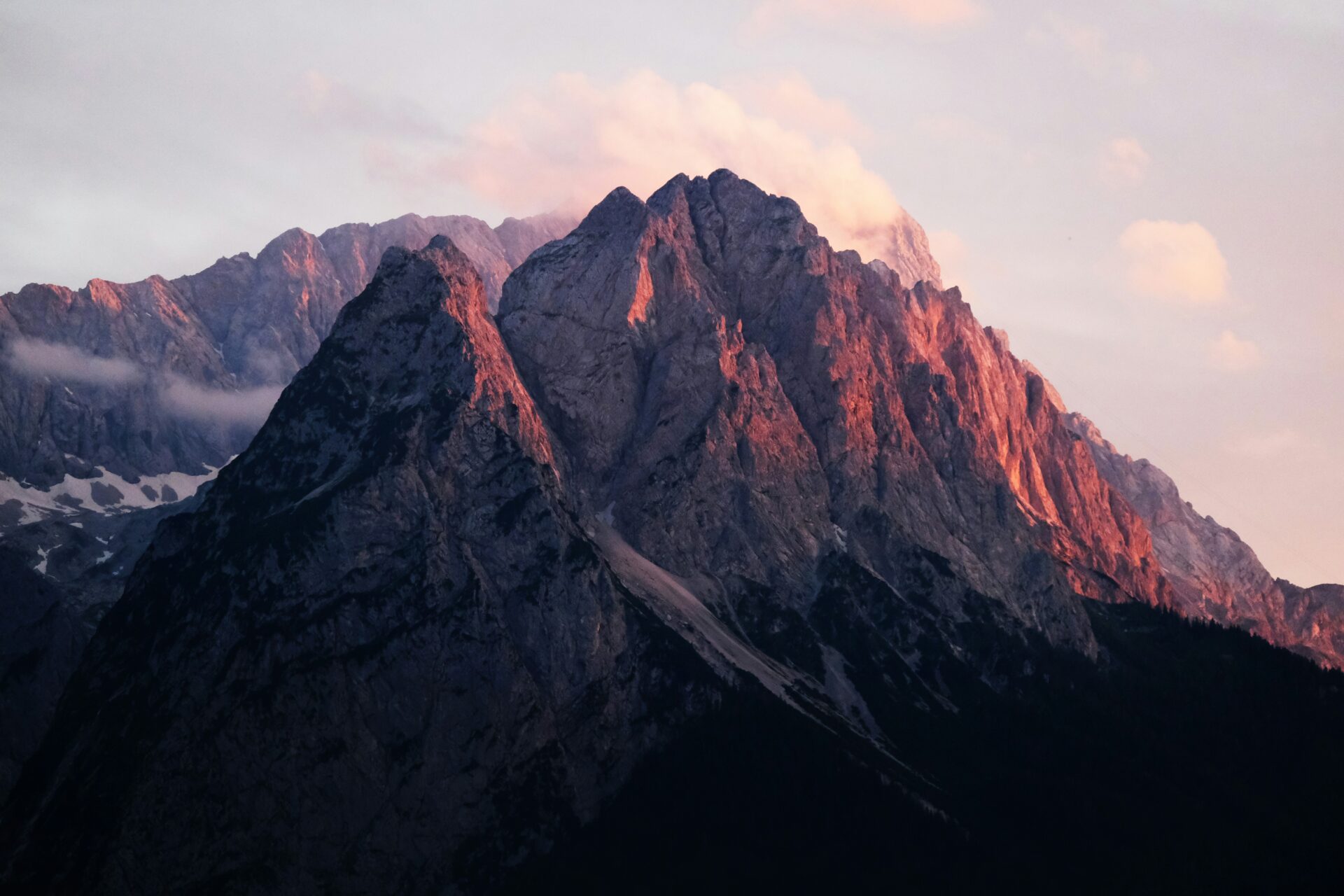
Immersive Experiences: Outdoor Adventures and Local Flavors
Driving the German Alpine Road is about so much more than pretty scenery. Every day, I found new ways to get outside, try delicious food, and experience local traditions.
Hiking, Cycling, and Exploring Nature
Hiking here is something I’ll never forget. In Berchtesgadener Land, I set off on trails to quiet mountain lakes and steep gorges.
Partnach Gorge near Garmisch-Partenkirchen blew me away with its roaring water. Wimbach and Weissbach gorges near Obersalzberg offered peaceful paths under shady trees.
I often biked around Alpsee and Großer Alpsee, following easy trails with mountain views and plenty of picnic spots. Lakes like Hopfensee, Weissensee, and Forggensee made for great walks, swims, or just sitting by the shore.
Grüntensee Lake became my go-to for sunsets over Bavarian villages and gentle hills.
Families will find easy routes and lakeside walks that are safe and fun. Even traveling solo, I always found a quiet corner to breathe in the scent of medicinal hay and watch cows grazing nearby.

Sampling Bavarian Cuisine and Regional Specialties
Eating along the German Alpine Road is honestly a highlight. Traditional inns serve up hearty Schweinsbraten (roast pork), dumplings, and those buttery pretzels that hit the spot after a day outdoors.
One of my best meals was fresh fish from Forggensee, grilled simply and served with local veggies.
Stopping for a slice of Apfelstrudel or a plate of Kaiserschmarrn turned into a regular treat. At a café in Garmisch-Partenkirchen, I tried cheese made from Alpine milk, and wow, it was rich and flavorful.
Villages here also offer specialties like medicinal hay, which flavors cheeses and herbal teas. Markets brim with sausages, smoked meats, and regional craft beers.
For me, sharing stew with new friends at a long table was just as special as any mountain view.
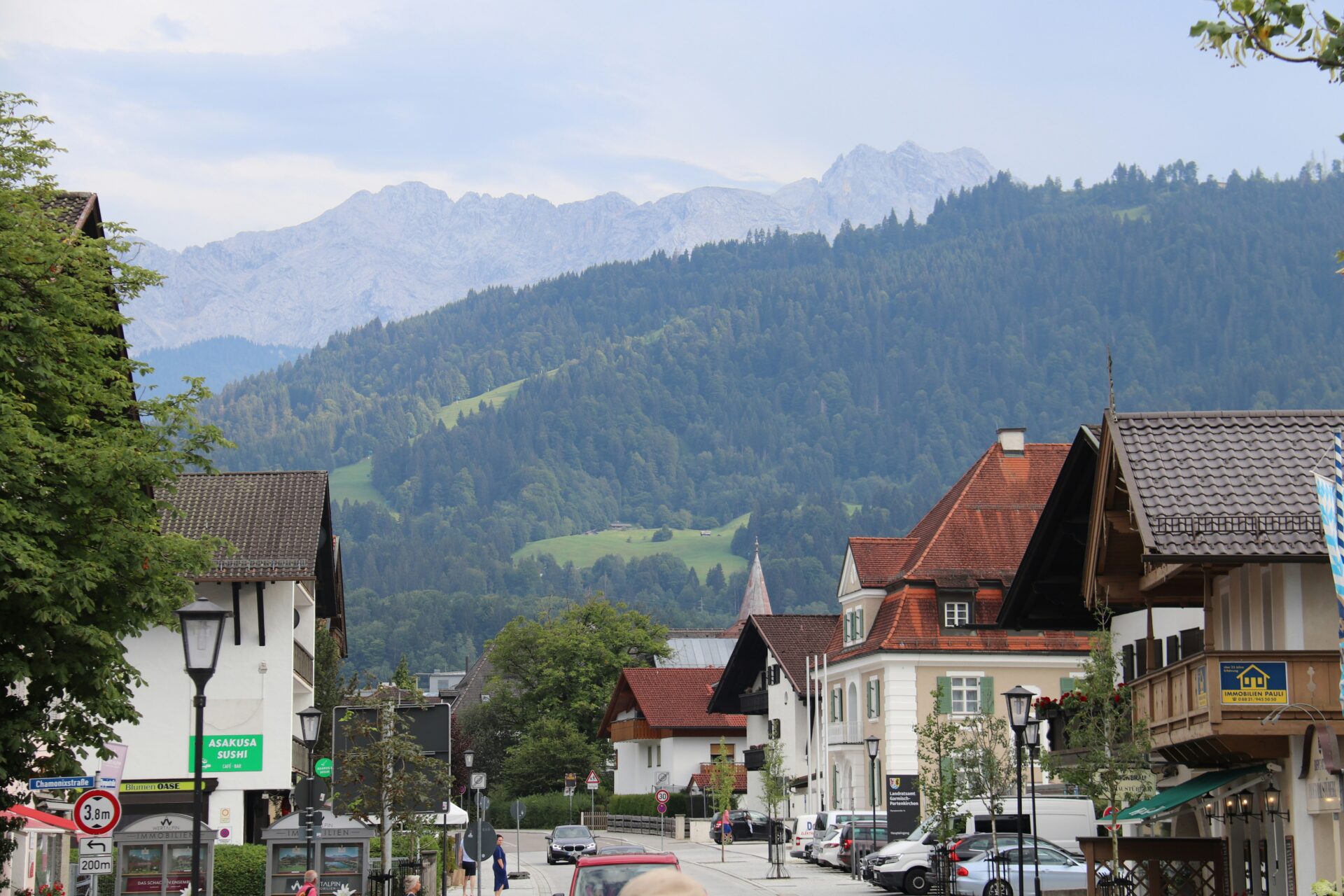
Authentic Culture: Festivals, Craftsmanship, and Local Traditions
Local traditions really come alive here, whether at big festivals or just in daily life. In summer, villages like Oberstaufen throw lively celebrations with music, folk dances, and colorful Trachten costumes.
I watched a parade and realized how much pride locals have in their heritage.
Artisan workshops open their doors so you can see woodcarvers, potters, and cheesemakers at work. I picked up a hand-painted mug in Berchtesgadener Land—such a good souvenir.
You’ll spot craftsmanship everywhere—from carved wooden homes to painted signs and felt hats. I loved chatting with shopkeepers who told me stories about crafts passed down for generations. Each stop along the Alpine road felt like a blend of old and new, making every encounter memorable.

Journey Extensions and Bonus Destinations
The German Alpine Road stretches from Lindau on Lake Constance to Berchtesgaden near Austria. It’s not just scenic drives and mountain views—this route links up with storybook towns, cross-border escapes, and some of Southern Germany’s best touring paths.
Choosing Your Starting and Ending Points: Lindau to Berchtesgaden
When I started planning, picking my start and finish really shaped the trip. Lindau, a tiny island town on Lake Constance, charmed me right away with its harbor and relaxed promenades. It just felt like the right place to kick things off—calm water, colorful houses, the whole vibe.
Heading east, the road weaves past lakes and mountains into Upper Bavaria. Tiny villages and famous castles kept tempting me to pull over for quick stops and photos.
Each stretch of the journey had its own thing, from the Allgäu’s green hills to the dramatic alpine peaks.
Reaching Berchtesgaden felt like crossing a finish line. Nestled below the Watzmann, it’s peaceful but dramatic—a great place to spend an extra night. From here, you can either keep exploring or just unwind at the Königssee.
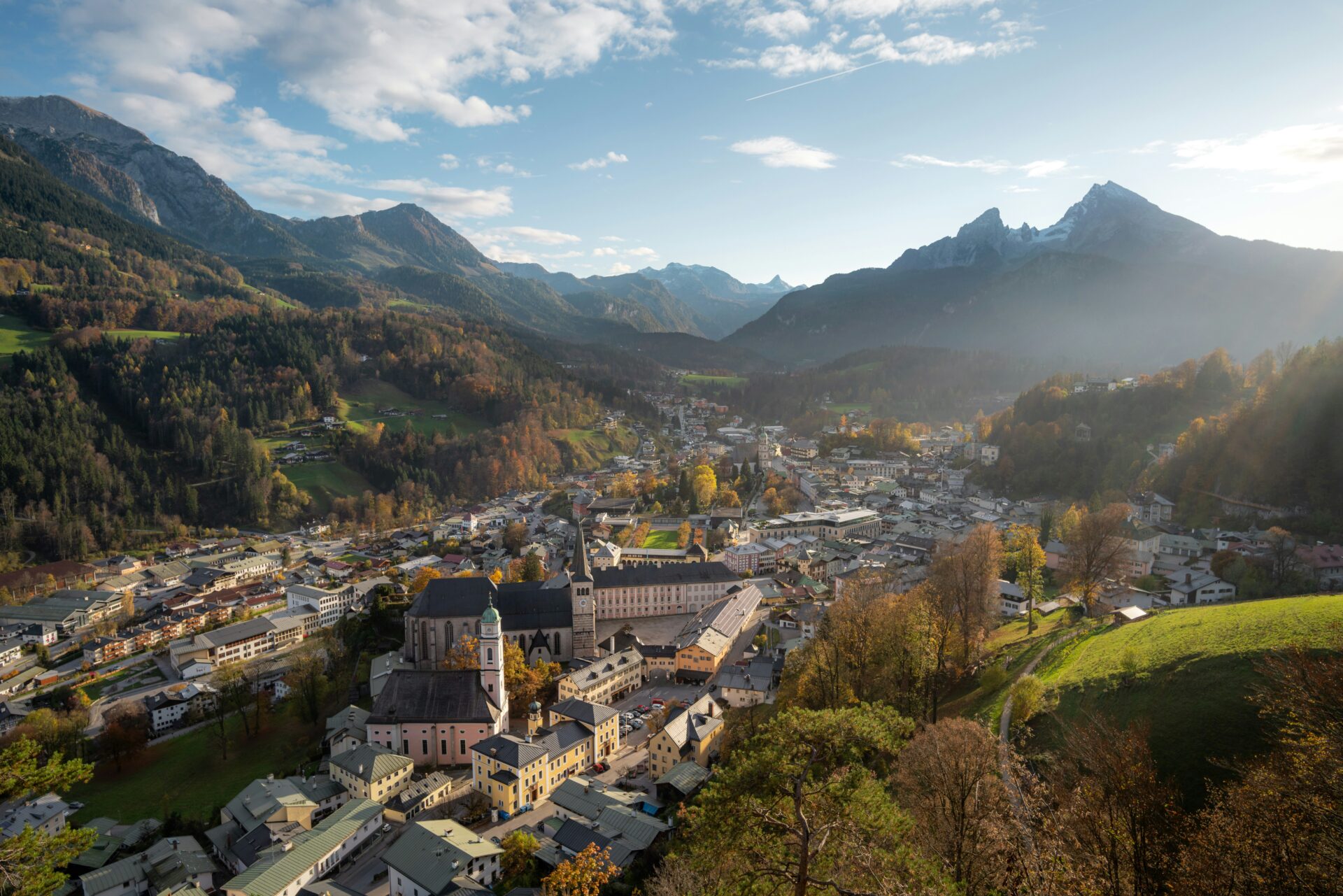
Excursions to Salzburg, Munich, and Switzerland
I just couldn’t skip a side trip to Salzburg—it’s right across the Austrian border, less than thirty minutes from Berchtesgaden. It’s Mozart’s birthplace, and the old town and fortress are a dream for history buffs.
I wandered markets and sampled Austrian pastries before heading back.
For bigger city energy, Munich sits a few hours north of the Alpine Road. With its famous beer gardens, museums, and the lively Marienplatz, Munich is a fun urban detour. Even a day there gave me a whole new taste of Bavaria.
If you’ve got more time—and a bit of wanderlust—you might head west from Lindau and cross into Switzerland. The border’s close, and a quick drive brings alpine lakes, cheese villages, and a whole new mountain vibe. Each of these day trips is totally doable and adds another layer to the adventure.
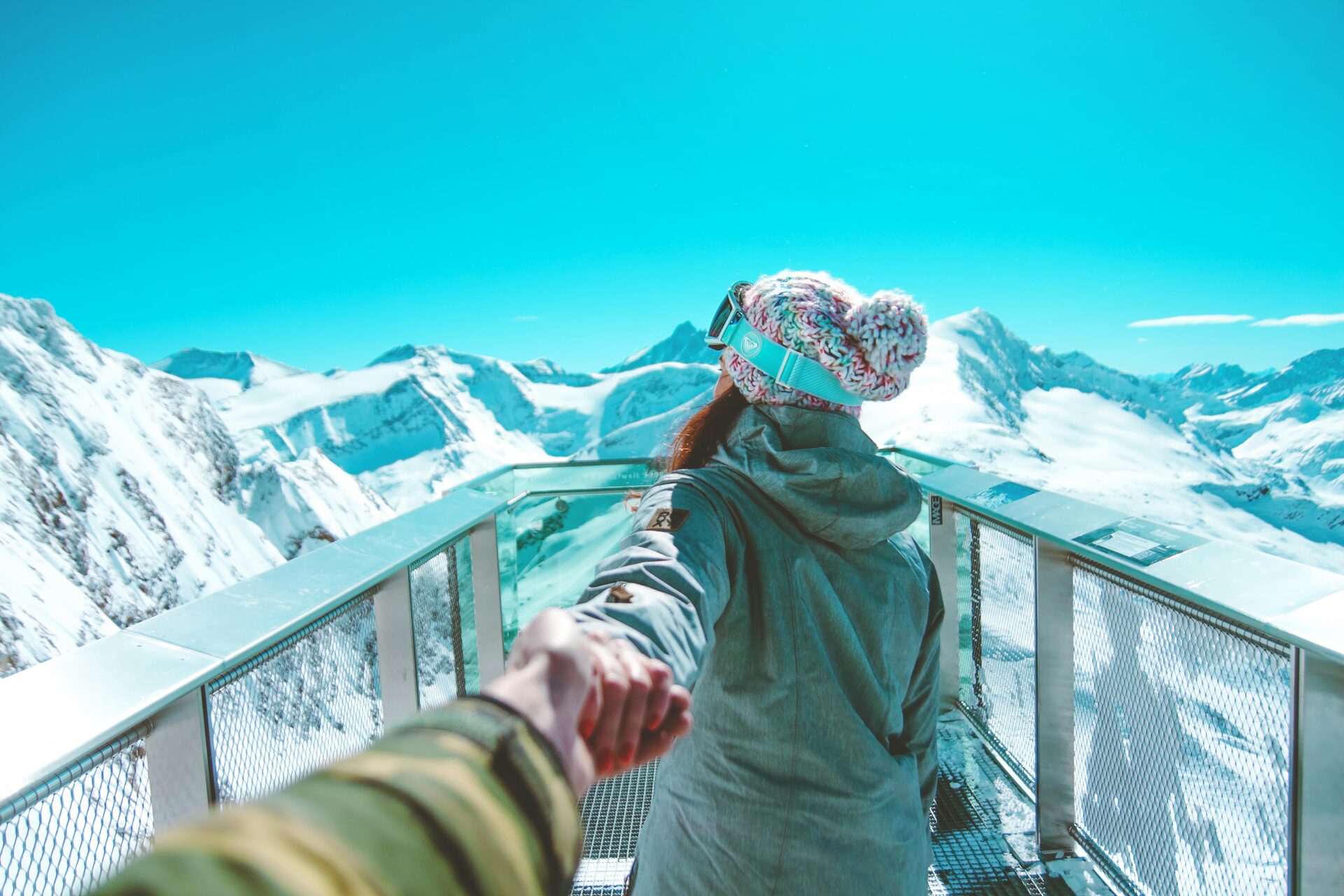
Tips for Panoramic Tours and Romantic Road Links
Planning extra routes can turn a regular drive into a real road trip adventure.
I especially loved connecting the German Alpine Road with the Romantic Road—that famous stretch from Würzburg to Füssen.
You can link up around the Lech valley and explore walled medieval towns like Rothenburg ob der Tauber or Dinkelsbühl.
Here’s a quick table that shows the main features side by side:
| Route | Key Sights | Approx. Distance |
|---|---|---|
| German Alpine Rd | Lakes, mountains, villages | 280 miles |
| Romantic Road | Castles, medieval towns | 220 miles |
For the best views, I’d go for a panoramic tour detour—sometimes it’s just a quick fifteen-minute drive up a twisty road, but you’ll get these incredible overlooks above valleys or lakes.
You’ll often find small parking spots and hiking trails up there.
I like to bring a snack along for a spontaneous picnic with a view, honestly.
Be ready to pull over a lot—every turn might surprise you with something you’ll want to remember.

